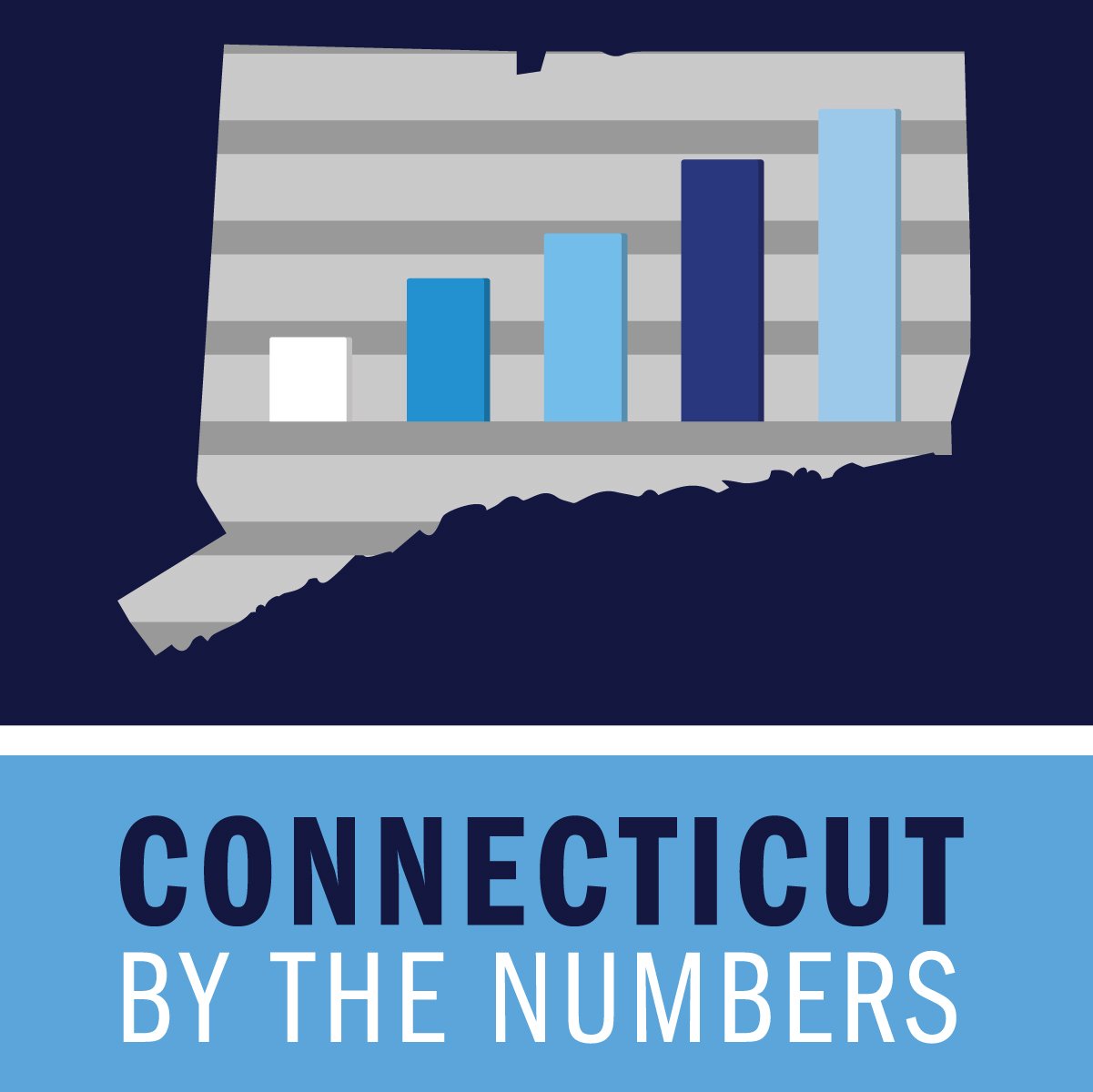Local Museums, CRIS Radio, Collaborate to Bring Audio Narration to the Art
/CRIS Radio and the New Britain Museum of American Art (NBMAA) are working together to offer CRISAccess™ at the museum, which offers instant, on-demand audio descriptions of selected masterpieces on display by using a personal smartphone and QR Code reader. The new initiative launched earlier this month.
The goal of CRIS Radio and NBMAA’s collaboration is to provide its museum visitors with disabilities the same experience and access enjoyed by their friends, classmates and family, officials explained.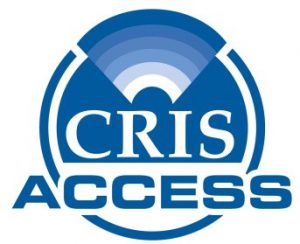
CRIS (Connecticut Radio Information System) is a 39-year-old nonprofit and is Connecticut’s only radio-reading service, providing audio access 24/7 to news and information for people who are blind or print-challenged, including those unable to read due to a medical condition/treatment, physical, learning, intellectual or emotional disabilities.
The New Britain Museum of American Art’s founding in 1903 entitles the institution to be designated the first museum of strictly American art in the country. The singular focus on American art and its panoramic view of American artistic achievement make the NBMAA a significant teaching resource available to the local, regional, and national public.
CRIS Radio is integrating QR Code technology to instantly “link and play” audio files of information posted on signs or other printed materials for people who are blind or print-handicapped. Visitors can access the audio files with any mobile device downloaded with a QR Code Reader application.
CRISAccess™ is part of CRIS Radio’s new Adaptive Audio Accessibility services initiative that promotes access to information at museums for people who have difficulty reading posted signs. The audio displays are triggered by QR code (Quick Response Codes) apps downloaded onto smartphones. A patron simply captures the QR code with the camera phone. The QR code apps are available for download on most online app stores, like Apple or Google.
 Michelle Hargrave, Deputy Director at the NBMAA, said, "The New Britain Museum of American Art is thrilled to partner with CRIS Radio in this endeavor to bring greater accessibility to the institution. The Museum is committed to being a welcoming, dynamic, distinguished, and educationally ambitious art museum, and we are very excited that this opportunity will open our galleries to a broader audience."
Michelle Hargrave, Deputy Director at the NBMAA, said, "The New Britain Museum of American Art is thrilled to partner with CRIS Radio in this endeavor to bring greater accessibility to the institution. The Museum is committed to being a welcoming, dynamic, distinguished, and educationally ambitious art museum, and we are very excited that this opportunity will open our galleries to a broader audience."
CRIS Radio’s state-of-the art broadcast center is headquartered in Windsor, where numerous audio recordings are produced. CRIS also operates regional studios located in Danbury, Norwalk, Norwich, Trumbull, and West Haven.
National studies report that only 11 percent of people with disabilities visit museums. The collaboration between the two nonprofits provide a low-cost and simple approach to enhance the visitor experience for people with visual or other print disabilities. CRIS Radio based its CRISAccess program on the recommendations of a focus group comprised of people with visual disabilities convened by the Smithsonian.
CRIS has already been working with leading museums in the state and region, with more to come. Plans are underway to add the Mark Twain House & Museum to the QR code portfolio. Those already up and running include:
- Connecticut Valley Agriculture Museum
- Jonathan’s Dream
- Mystic Aquarium
- New Britain Museum of American Art
- New England Air Museum
- Old Sturbridge Village
The recently re-opened Jonathon's Playground, in Bloomfield, is the first outdoor venue to use the technology. CRIS provided audio descriptions of the playground equipment.
The core of CRIS services is the daily recording of articles featured in more than 70 newspapers and magazines, including the most extensive line-up in the nation of award-winning children’s magazines featuring human narration, all available online and on demand.
CRIS also provides streaming CRIS programs directly to hospitals and other health care facilities through their in-house systems, or through Internet radios installed at assisted living facilities or nursing homes.
The Connecticut Valley Tobacco Museum also recently launched special digital audio guides for the sight impaired, or for patrons who have reading difficulties, as part of the CRIS museum initiative. The project was funded by the Windsor Lions Club, with the assistance from the Connecticut Radio Information System (CRIS).
Programs powered by CRIS Radio include: CRIS Radio; CRIS Listen Now (online streaming); CRIS Listen On Demand; CRISKids™ and CRISKids™ for Schools; CRISAccess™ (for museums); and CRIS En Español (featuring Spanish-language newspapers and magazines). CRISKids and CRISKids for Schools offer teachers a low-cost tool to help improve student literacy and reading ability.
CRIS employs a staff of four full-time and three part-time people. Operations rely on approximately 300 volunteers statewide to help with the production, programming and the day-to-day operations of CRIS.
PHOTO: At left, Michelle Hargrave, deputy director of the New Britain Museum of American Art, watches as Diane Weaver Dunne, executive director of CRIS Radio, demonstrates CRISAccess, which provides audible information about selected masterpieces on display at the New Britain Museum of American Art.



 Once underway, the new daily service will mean that from New Haven to Hartford, trains will increase from six to 17 per day. Between Hartford and Springfield, trains will increase from six to 12 per day. A new station in North Haven station is currently being designed, and is not due to be built and open until 2020. Stations in Enfield, Newington, West Hartford, Windsor and Windsor Locks stations are also part of the Hartford Line plans. Trains will arrive at stations in New Haven, Wallingford, Meriden, Berlin and Hartford every 45 minutes during peak hours and every 60 to 90 minutes during off-peak periods.
Once underway, the new daily service will mean that from New Haven to Hartford, trains will increase from six to 17 per day. Between Hartford and Springfield, trains will increase from six to 12 per day. A new station in North Haven station is currently being designed, and is not due to be built and open until 2020. Stations in Enfield, Newington, West Hartford, Windsor and Windsor Locks stations are also part of the Hartford Line plans. Trains will arrive at stations in New Haven, Wallingford, Meriden, Berlin and Hartford every 45 minutes during peak hours and every 60 to 90 minutes during off-peak periods.

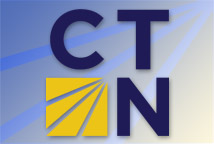 CPAN’s most recent contact expired in September, was extended through October, and was on a day-by-day basis this week. The 33-person staff worked with an annual operating budget that was unexpectedly reduced by
CPAN’s most recent contact expired in September, was extended through October, and was on a day-by-day basis this week. The 33-person staff worked with an annual operating budget that was unexpectedly reduced by 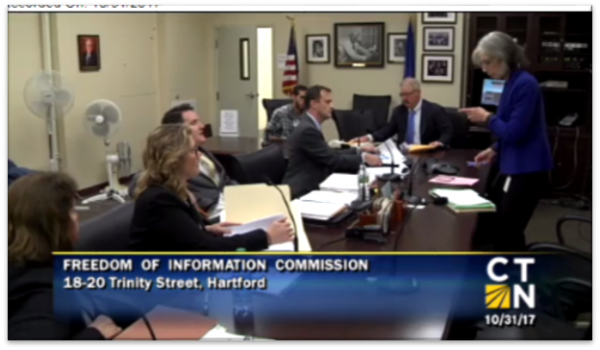
 The 21 honorees were selected by economic development officials in each of 10 regions across Connecticut for their contribution to the state’s economy – such as consistent or growing employment levels, playing a critical role in changing the character of its community or civic engagement, strong public/private collaboration to encourage new investment, or leadership resulting in growth or improvements.
The 21 honorees were selected by economic development officials in each of 10 regions across Connecticut for their contribution to the state’s economy – such as consistent or growing employment levels, playing a critical role in changing the character of its community or civic engagement, strong public/private collaboration to encourage new investment, or leadership resulting in growth or improvements.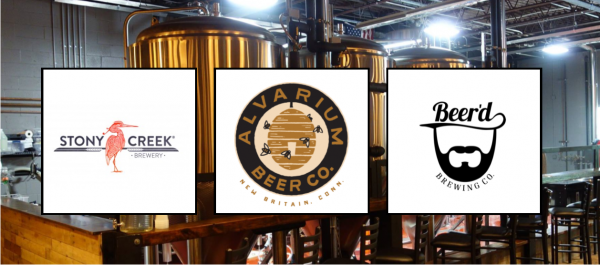




 Sitrep, based in Cheshire, was founded in 2014 to “develop monitoring systems that are intuitively usable.” Principals are Harland Christofferson, Gary Martin and Michael Byrne.
Sitrep, based in Cheshire, was founded in 2014 to “develop monitoring systems that are intuitively usable.” Principals are Harland Christofferson, Gary Martin and Michael Byrne. The mission of Stratford-based FallCall Solutions, LLC is “to become the premier innovator in simplified communication solutions for the geriatric population and their caregivers.” The company website explains that the company aims to maximize elder independence and caregiver peace of mind by “building software based solely on the needs of the consumer rather than the trying to create and introduce new ecosystems into our customers’ lives.”
The mission of Stratford-based FallCall Solutions, LLC is “to become the premier innovator in simplified communication solutions for the geriatric population and their caregivers.” The company website explains that the company aims to maximize elder independence and caregiver peace of mind by “building software based solely on the needs of the consumer rather than the trying to create and introduce new ecosystems into our customers’ lives.”


 The study, conducted by
The study, conducted by 
 The Connecticut Business and Industry Association (CBIA) points out that “getting hacked can destroy customers’ trust and cost companies millions of dollars in legal fees, investigations, damage control, and lost income,” adding that “too many companies underestimate this threat or simply don’t know how to protect themselves until its too late.”
The Connecticut Business and Industry Association (CBIA) points out that “getting hacked can destroy customers’ trust and cost companies millions of dollars in legal fees, investigations, damage control, and lost income,” adding that “too many companies underestimate this threat or simply don’t know how to protect themselves until its too late.”

 “It’s a scene repeating itself in dying suburban malls around the country,” the Globe reported, “a sweeping economic disruption known as the Amazon effect.” Industry analysts have predicted that 20 percent of the 1,200 shopping malls in the U.S. will “meet their demise,” the Globe indicated.
“It’s a scene repeating itself in dying suburban malls around the country,” the Globe reported, “a sweeping economic disruption known as the Amazon effect.” Industry analysts have predicted that 20 percent of the 1,200 shopping malls in the U.S. will “meet their demise,” the Globe indicated.
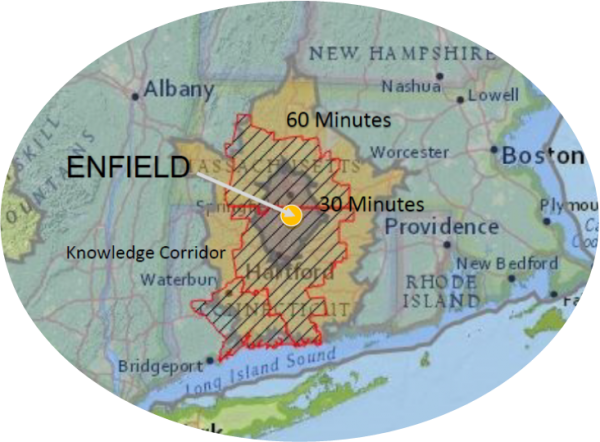 Knowledge Corridor, Enfield provides quick and easy access to several US Highways, airports and rail systems," the 12-page Enfield proposal explained. "Tax Increment Financing (TIF) districts are being created in Enfield and surrounding towns to support new development and growth. Abatements and Regional Revenue Sharing are all available to sweeten the deal. Connecticut has the lowest corporate tax rate in the North East."
Knowledge Corridor, Enfield provides quick and easy access to several US Highways, airports and rail systems," the 12-page Enfield proposal explained. "Tax Increment Financing (TIF) districts are being created in Enfield and surrounding towns to support new development and growth. Abatements and Regional Revenue Sharing are all available to sweeten the deal. Connecticut has the lowest corporate tax rate in the North East."



 The U.S. Census Bureau’s
The U.S. Census Bureau’s  ensus officials are necessary to obtain more accurate population and demographic counts. If those visits are reduced in order to cut costs, the accuracy of the census itself is likely to diminish, observers say. Connecticut, which does not have independent counts of its entire population, depends heavily on data derived from the U.S. Census for a host of policy and funding decisions.
ensus officials are necessary to obtain more accurate population and demographic counts. If those visits are reduced in order to cut costs, the accuracy of the census itself is likely to diminish, observers say. Connecticut, which does not have independent counts of its entire population, depends heavily on data derived from the U.S. Census for a host of policy and funding decisions.























